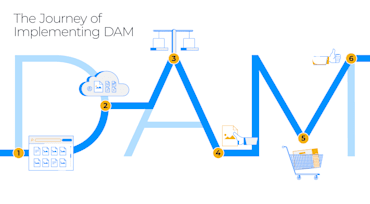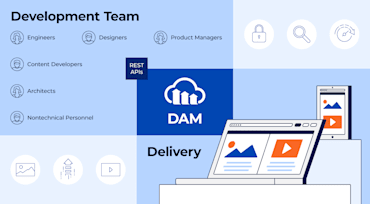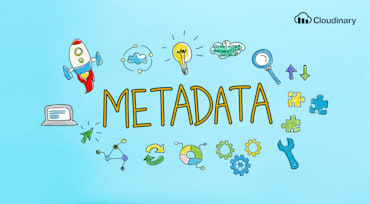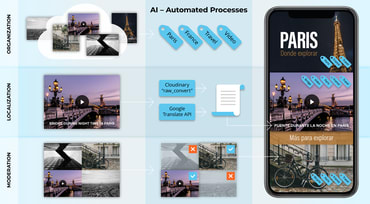
In today’s Visual Web, images and videos, collectively called digital assets, catch the eyes of audiences much more readily than text, hence the predominant need to make digital assets engaging and compelling. Creating them is just the start, however. Other challenges are nontrivial and daunting, including the following:

Content analysis on images based on artificial intelligence (AI) is yet another powerful feature of Cloudinary’s digital asset management (DAM) solution. This article explains the types of analysis Cloudinary DAM can perform for you.

With the right platform and tools, software developers can code ideas into useful products and services. The same scenario applies to graphic and UI designers, who are now equipped with a wealth of sophisticated tools, e.g., Sketch, Figma, and InVision, with which to create first-rate app designs.

Happy New Year, folks!
As a relentless technology advocate and a developer who’s worked on media transformation for numerous projects over the years, I decided in late 2019 to go on a 25-day journey of sharing my learnings on Twitter. The aim was to show my audience the options available for them to do magic with any type of media file and spark ideas that would take maximum advantage of those techniques in their future projects.

Keeping all your digital assets well organized in a single repository requires an effective way to find what you need when you need it. Otherwise, each and every task that your team performs on those assets would take up valuable search time, causing frustration and duplication of effort.

We are excited to be at Dreamforce 2019 (booth #1912) in San Francisco this week meeting with partners, customers, and industry colleagues on the power of digital experiences and dynamic media management.

Having an e-commerce platform that both provides a seamless and satisfactory shopping experience, while also serving as a powerful back-office system is crucial to business success today.
As a leading e-commerce platform, Magento offers numerous essential features. Additionally, you can leverage its extensions, such as those for dedicated payments and advanced media management, for other purposes. Cloudinary, long a popular Magento extension, just released a new version with the following powerful features:

Automating the organization of your website’s media assets (images and videos) saves time and money, boosting the usefulness and lengthening the life span of those assets. Cloudinary’s artificial intelligence (AI) driven automatic tagging, transcription, and moderation capabilities ably and efficiently handle that automation for you—at scale.

The explosion of rich media and the importance of that media to customer engagement is undeniable. Businesses that take advantage of this trend and try to solve some of the typical asset management pain points often end up using multiple point solutions. While these solutions might solve some problems in the short term, they ultimately lead to content and functional silos, inefficient workflows, and scale limitations.